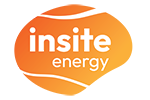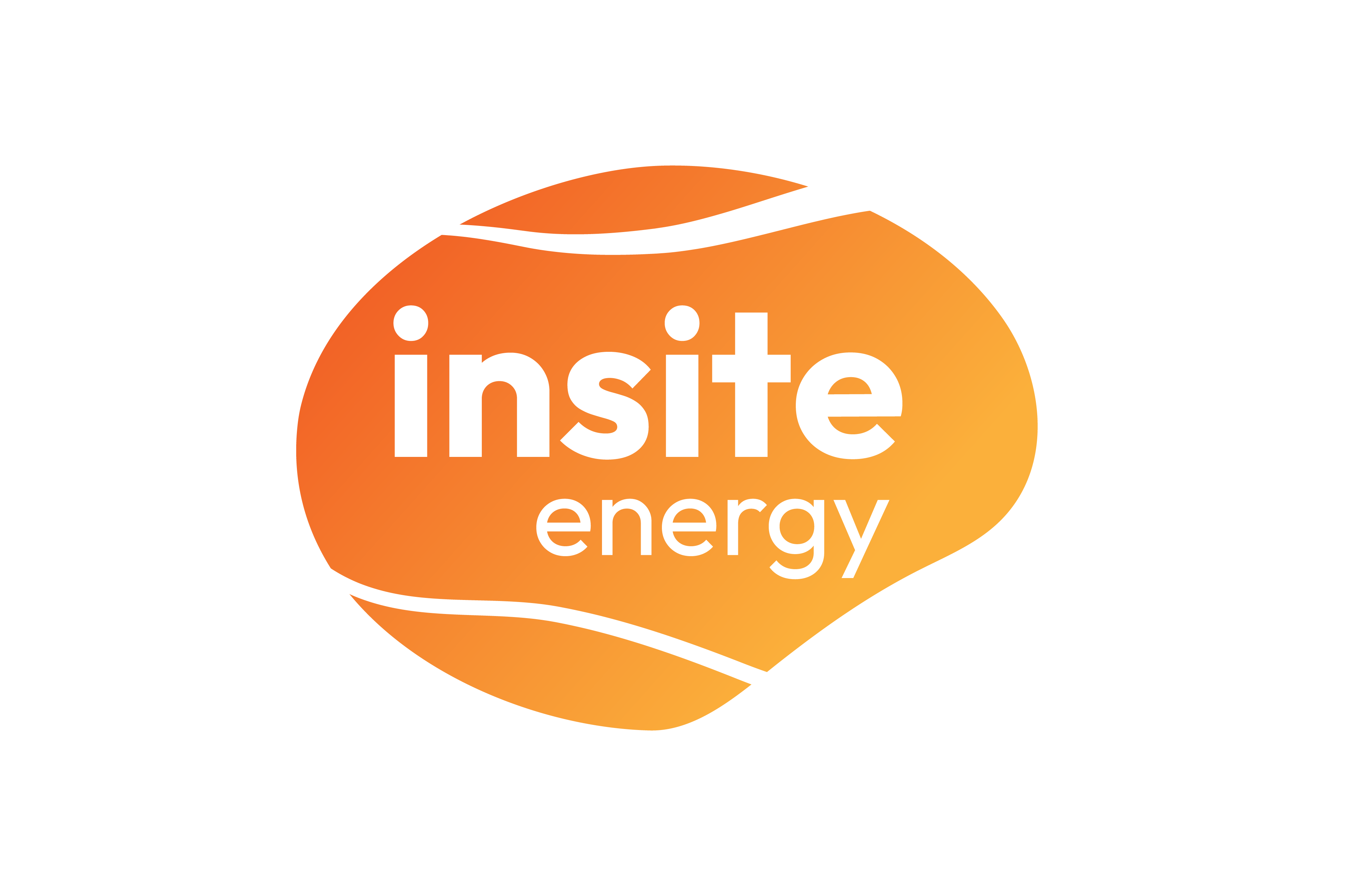
Making sense of your bill – breaking down heat charges
25th August 2020At Insite, we understand that the concept of heat networks is still relatively new to the UK and that many people struggle to understand how they work and how heat charges are calculated. It seems there is a level of translation required to make sense of tariffs, whether you are billed through a pay-as-you-go (PAYG) system in your home, or through monthly or quarterly paper or electronic bills.
As with all utility billing, there is some natural mistrust over what people are actually getting for their money. If you can’t make sense of a tariff breakdown, how can you trust what you’re being charged?
We spend a lot of time working with heat tariffs – from handling queries from residents of heat networks like yourself (where we manage the metering and billing), to helping your heat supplier set and maintain the right tariff. We also work hard to ensure our bills are as simple and easy to understand as possible.
Our goal is to help set the most accurate heat tariffs, ensuring the costs associated with providing heat are covered, whilst the costs charged to you are fair. We also need to ensure we remain compliant with the Heat Network (Metering & Billing) Regulations 2014, which includes limitations on suppliers regarding fees and profits attributable to services from heat networks.
To ensure we do this, we work with heat suppliers every 6-12 months to review their tariffs, identifying if and where system efficiency improvements can be made. This helps to bring down the overall cost of running the network, which will ultimately be reflected in the price per kWh – a win-win for all.
All of this being said, what are your tariffs actually made up of?
All utility tariffs are made up of two elements: 1) a unit consumption charge and 2) a daily standing charge.
The standard components of your unit consumption charge (heat tariff)
The unit consumption charge, measured in pence per kWh (p/kWh), is the cost you pay for the amount of energy you use. We measure this through the meter readings gathered remotely for your property via an automatic meter reading (AMR) system.
This charge is typically composed of two components, of which are split up and charged equally to each connected customer.
| 1. Incoming fuel price
This is the cost your heat supplier pays to purchase the wholesale fuel (gas or electricity) for your development. This is what is used to generate your heating and hot water. By bulk-buying fuel for all connected properties, they are able to get a better price per kW/h than an average household buying its own gas or electricity.
|

The components of a typical consumption charge for PAYG |
2. System efficiency (heat losses)
This refers to heat losses that occur throughout a heat network. This is measured by 1) the efficiency of the energy-generating equipment in the plant room and 2) how much heat is lost from the point the energy leaves the plant room to where it comes out through your tap or radiator.
A standard heat network is expected to have a considerably higher system efficiency than a conventional gas boiler system. This is due to the conversion from gas to heat taking place in the central boiler located within the plant room, which is typically much more efficient than gas boilers installed in individual properties. As a result, the heat you receive from your HIU (Heat Interface Unit) is more ‘useful’ per kWh than from a conventional system. As such, the kWh charges for heat are more than for gas. The costs associated with distributing the heat around the network and into each connected home are also incorporated.
When homes are built and connected to a heat network, they are built with high-grade insulation which resultantly means homes require less heat to keep warm. Whilst the cost of heat per kWh will be higher than the cost you would pay per kWh if on gas, you will use less overall, making the annual cost of heating your home comparable.
While the fuel price may be similar for different heat networks, the equipment used and the way in which the system is designed and operated means this element varies between different schemes. It can reveal why one heat network is more energy efficient than another and why tariff levels differ.
Daily standing charge
Alongside the consumption charge sits the daily standing charge element. This is an annual fixed amount that is payable every day regardless of how much energy you use. This is typically comprised of three main elements:
1. Our metering and billing costs – this is the amount it costs us to provide our services. This also includes the cost of delivering reports as legally required by the Government and your heat supplier.
2. The standing charge your energy supplier is charged for the incoming fuel.
3. Data and communication costs associated with smart metering technology installed on site.
Other costs
Depending on your heat supplier, the costs associated with running and maintaining the heat network will either be included within your building service charge or may even be included in your daily standing charge. This may also include elements to cover the upfront cost of the plant room and any future equipment replacements or repairs needed to keep the heat network in operation.
We hope this article has helped you understand your tariff further. Here are some additional links that might be helpful to you:
What is a heat network?: https://www.insite-energy.co.uk/what-is-heat-network
Help with debt? https://www.insite-energy.co.uk/help-support/monthly-billing#question-6
How do reduce your heat consumption: https://www.insite-energy.co.uk/how-to-reduce-your-energy-bills


